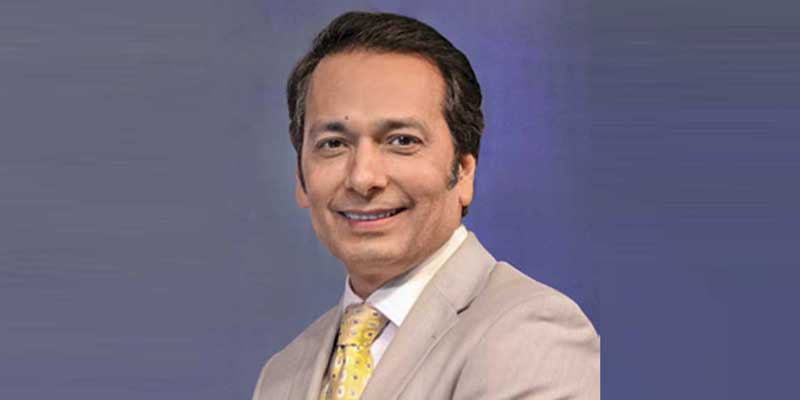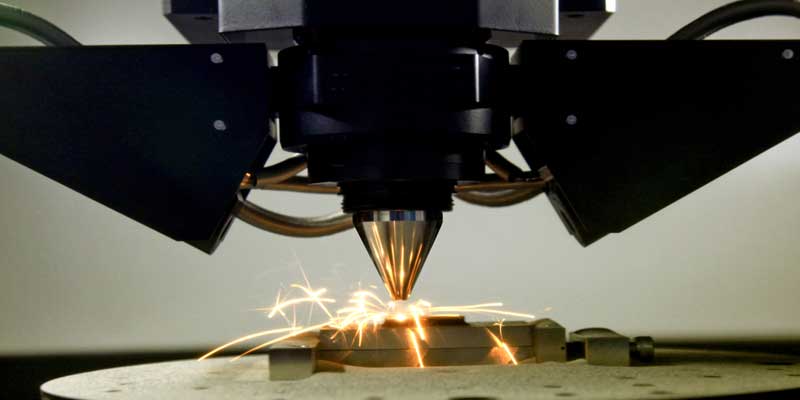Schedule a Call Back
Calibration is not same as adjustment
 Articles
Articles- Dec 01,18

Related Stories

BYD India to showcase globally acclaimed models at Bharat Mobility Expo 2025
Plans to display new models including internationally successful models and BYD’s India line-up. BYD’s participation in Bharat Mobility and the upcoming launches of the new models is a testament..
Read more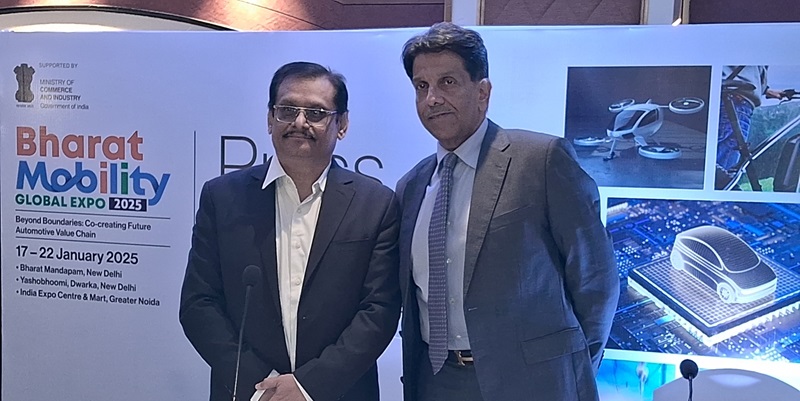
Bharat Mobility Global Expo 2025: Future of mobility
Covering a massive area of over 200,000 square meters, the expo will welcome more than 1,500 exhibitors, over 500,000 enthusiastic visitors, and 5,000 global buyers, establishing itself as a signifi..
Read moreRelated Products

Laser Control Micro Compact Nt
Blum-Novotest Measuring & Testing Technology Pvt Ltd offers a wide range of laser control micro compact NT.
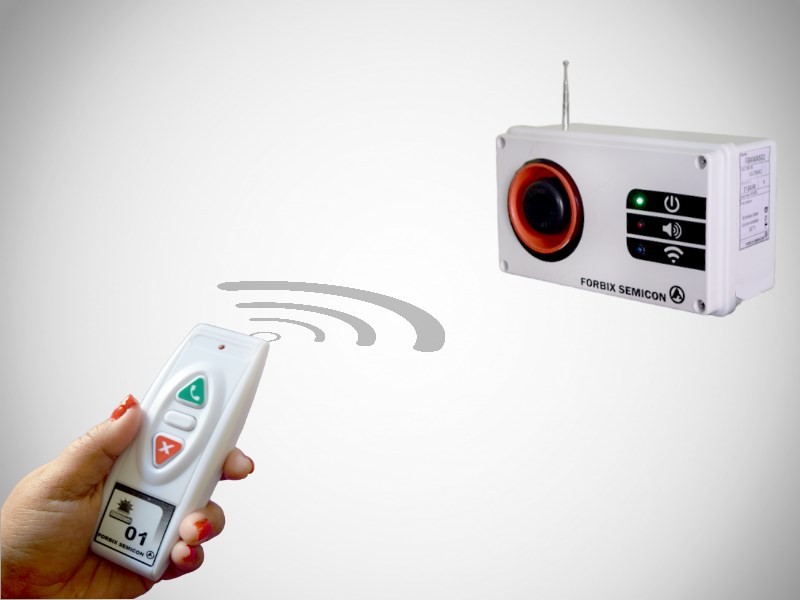
Wireless Remote Control Siren
Forbix Semicon Technologies Pvt Ltd offers a wide range of wireless remote control siren.
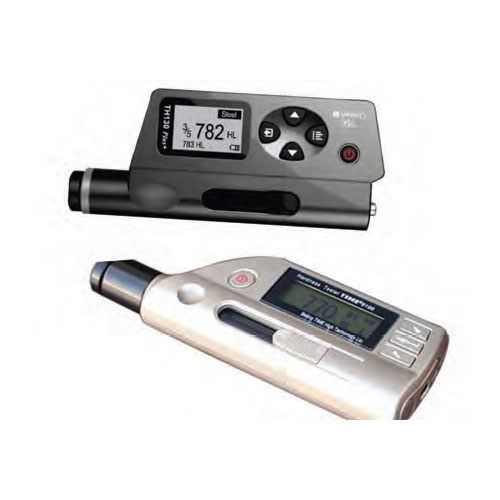
Repairing of Time Makes Digital Portable Metal Hardness Tester
Aqua Excel Chemtest manufactures a wide range of soil test kits. Read more




